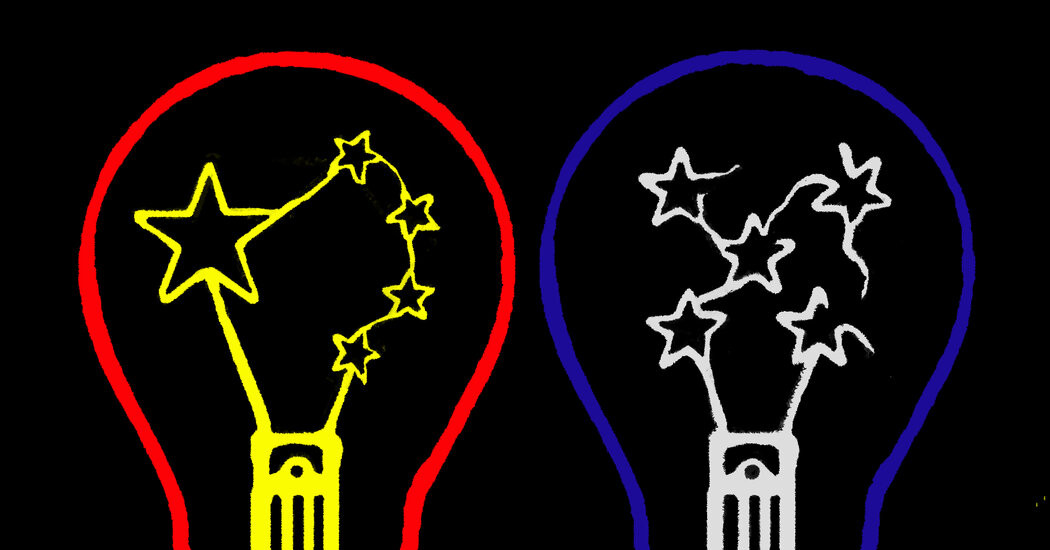

I had a choice the other day in Shanghai: Which Tomorrowland to visit? Should I check out the fake, American-designed Tomorrowland at Shanghai Disneyland, or should I visit the real Tomorrowland — the massive new research center, roughly the size of 225 football fields, built by the Chinese technology giant Huawei? I went to Huawei’s.
It was fascinating and impressive but ultimately deeply disturbing, a vivid confirmation of what a U.S. businessman who has worked in China for several decades told me in Beijing. “There was a time when people came to America to see the future,” he said. “Now they come here.”
I’d never seen anything like this Huawei campus. Built in just over three years, it consists of 104 individually designed buildings, with manicured lawns, connected by a Disney-like monorail, housing labs for up to 35,000 scientists, engineers and other workers, offering 100 cafes, plus fitness centers and other perks designed to attract the best Chinese and foreign technologists.
The Lianqiu Lake R. & D. campus is basically Huawei’s response to the U.S. attempt to choke it to death beginning in 2019 by restricting the export of U.S. technology, including semiconductors, to Huawei amid national security concerns. The ban inflicted massive losses on Huawei, but with the Chinese government’s help, the company sought to innovate its way around us. As South Korea’s Maeil Business Newspaper reported last year, it’s been doing just that: “Huawei surprised the world by introducing the ‘Mate 60’ series, a smartphone equipped with advanced semiconductors, last year despite U.S. sanctions.” Huawei followed with the world’s first triple-folding smartphone and unveiled its own mobile operating system, Hongmeng (Harmony), to compete with Apple’s and Google’s.
The company also went into the business of creating the A.I. technology for everything from electric vehicles, self-driving cars and even autonomous mining equipment that can replace human miners. Huawei officials said in 2024 alone it installed 100,000 fast chargers across China for its electric vehicles; by contrast, in 2021 the U.S. Congress allocated $7.5 billion toward a network of charging stations, but as of November this network had only 214 operational chargers across 12 states.
It’s downright scary to watch this close up. President Trump is focused on what teams American transgender athletes can race on, and China is focused on transforming its factories with A.I. so it can outrace all our factories. Trump’s “Liberation Day” strategy is to double down on tariffs while gutting our national scientific institutions and work force that spur U.S. innovation. China’s liberation strategy is to open more research campuses and double down on A.I.-driven innovation to be permanently liberated from Trump’s tariffs.